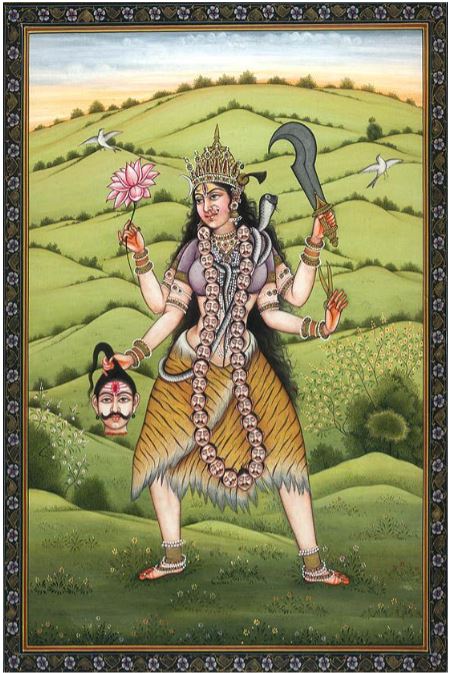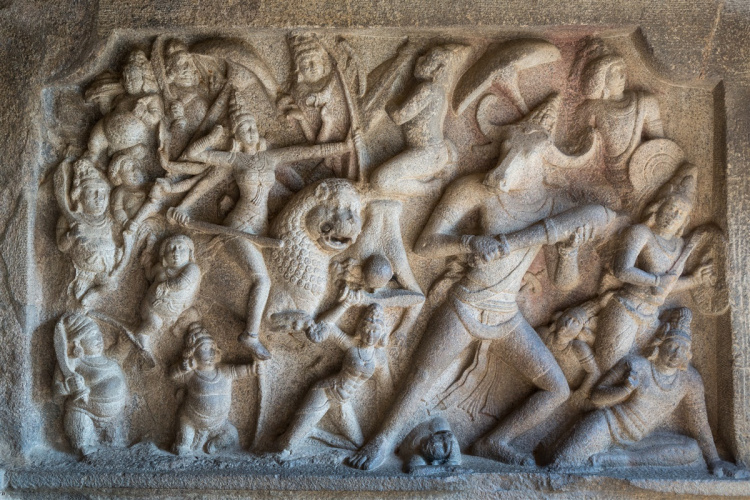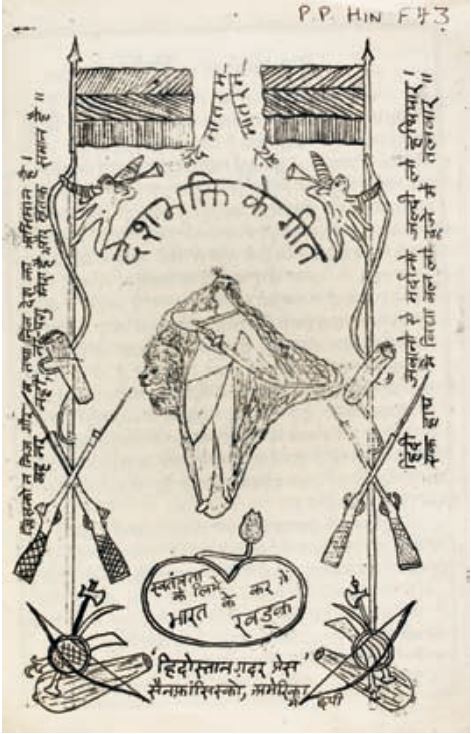
One of the special things about the Goddess worshipping in Hinduism is about the worship of the goddess collective in different forms. The collective can take forms from Goddess pair like Chamumda-Chotila of Gujarat,
1/n
1/n

to Tri-Ambika like in Vaishnodevi to Saptamatrikas in South Indian temples to Nava Durga of the Deccan region and 64 Yoginis like that in Morena District of Madhya Pradesh. There is one more collective known as –Dasham Mahavidyas of the Goddess. Kali is the first maha vidya.
2/n
2/n
The second Mahavidya is the Tara – the sparkling one. Tara in her form is indistinguishable from the Kali, but with one difference – Tara holds a lotus flower in her hand. Kali is the nature in its primal form. Unapologetic, fierce which can never be tamed by humanity.
3/n
3/n
Tara, on the other hand, is the Prakriti that understands humanity and it’s fears. She is willing to domesticate shown by the lotus flower. Kali sits or stands on Shiva demanding him to wake up from his Samadhi. Tara is her form when Shiva wakes up.
4/n
4/n
Tara is also the name of the Tantrik Buddhist Goddess. Initially, Gautam Buddha didn’t allow women to be part of his sangha thinking they may distract men’s attention. But when Buddha saw his stepmother crying for the death of his father,
5/n
5/n

Tara emerged from those tears. She urged Buddha that compassion has to be also included in the wisdom along with dispassionate knowledge. She taught him that not everyone understands the lofty philosophies, many need just a hand of compassion to outgrow their sorrows.
6/n
6/n
Buddha then decides to renounce his Nirvana and work for solving the problems of people by taking the form of Bodhisattva. The Jataka Kathas are stories of Buddha and Bodhisatva.
7/n
7/n
Likewise, Tara of Hinduism nudges Shiva to participate in the world and teach how to be a detached engaged ‘yogi’.
These 2 forms are sometimes also known as ‘Smashan Kali’ – she who lives in Graveyards and ‘Bhadra-Kali’ – the auspicious one.
8/n
These 2 forms are sometimes also known as ‘Smashan Kali’ – she who lives in Graveyards and ‘Bhadra-Kali’ – the auspicious one.
8/n
Smashan Kali is nature beyond domestication, Bhadrakali is nature accommodative of the domestication. Both Kali and Tara are also part of the Tantrik Hinduism and Tantrik Buddhism. In Tibetan Buddhism, Tara is shown sitting atop Bodhisatva – the Padmapani –
9/n
9/n
the wise one who holds a lotus in his hands. Their pair is known as the Yub-Yum pair. This also holds some influence from the Confucian tradition of China where two forces of nature are shown in a circle.
10/n
10/n

On the second day of Navaratri, Tara is the second Mahavidya of the Goddess.
Credits: Ajinkya Kulkarni
n/n
#kali
Credits: Ajinkya Kulkarni
n/n
#kali
• • •
Missing some Tweet in this thread? You can try to
force a refresh








